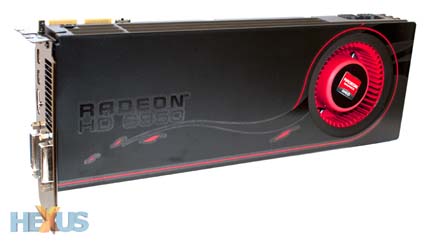When we reviewed AMD's recently released Cayman GPUs, the Radeon HD 6950 found our favour for its impressive performance and relatively reasonable pricing. But imagine getting HD 6970-level performance for the cost of the cheaper card - now that would be bang for the buck.
According to TechPowerUp, that's exactly what you can do, courtesy of a simple BIOS upgrade. Obviously both of the HD 6900-series cards use the same basic GPU, but it appears that the shader count on the current crop of HD 6950s is locked in the firmware, not by a physical change to the silicon. This means that the lesser card can be transformed with nothing more than a new BIOS.

Making the change is as simple as replacing the standard HD 6950 BIOS with one for the higher-spec GPU, which will magically increase both the shader count and the clock speeds. As well as the stock manufacturer BIOS, it's possible to use a partner-specific version, which could come with higher frequencies or voltage limits and enable compatibility with proprietary overclocking tools.
Since all of the first-generation HD 6950s are identical - with the exception of the logos stuck to the casing - this should work on all of the cards that are available now. Obviously it's carried out at the owners risk, but thanks to the dual-BIOS switch on each of the 6900-series cards, it'll be easy enough to revert to the factory settings in case something goes wrong. Having said, of the 79 cards that TechPowerUp and its readers have tested so far, every single one has worked without any problems, so it looks to be a fairly safe upgrade.
Having said, only serious testing will determine whether or not the HD 6950's two six-pin PCIe power-connectors are sufficient for the beefed up GPU, which would normally require a six-pin and an eight-pin connector.
If you fancy monkeying around with your shiny new graphics card, full details on the procedure can be found here. And after you're done, why not let us know how it went in the HEXUS.community.













